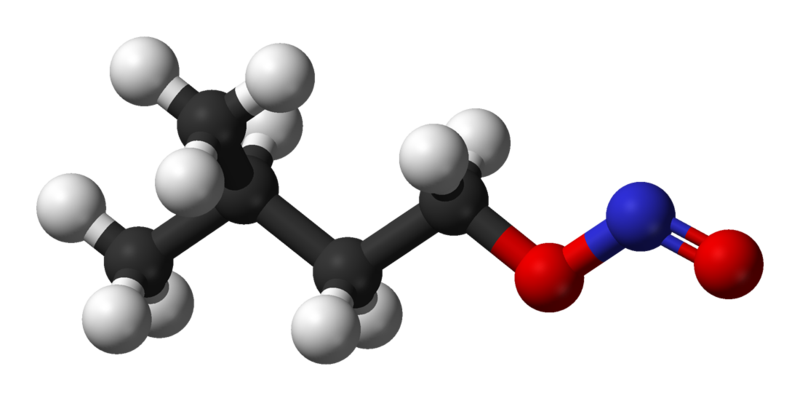How to Prepare Amyl Nitrite

Amyl nitrite is a colourless liquid widely used in treatment of heart diseases such as angina. Apart from its use in the treatment of heart diseases, amyl nitrite is used as an inhalant drug and also serves as an antidote for cyanide poisoning. Adverse physical effects resulting from the use of amyl nitrite include considerable lowering of blood pressure, increase in heartbeat rate and dizziness.
You can accomplish the task of preparing amyl nitrite by a process called esterification, which in other words can be classified as a forward chemical reaction between an alcohol and nitrous acid.
Instructions
-
1
In a test tube, take a few drops of concentrated sulphuric acid. Handle the test tube carrying concentrated sulphuric acid with extreme care because sulphuric acid is extremely corrosive and can cause serious damage to your skin. Cover your hands with a pair of protective gloves if possible.
-
2
In a glass flask, mix a few crystals of sodium nitrite in excess water. Sodium nitrite is a white or yellowish solid readily available at a chemist’s shop. In this aqueous sodium nitrite solution, pour a small quantity of an alcohol such as methanol or ethanol. Set aside this glass flask in a refrigerator until the contents of the flask fairly cool down.
-
3
One drop after the other, add concentrated sulphuric acid to the contents of the glass flask. Remember to continuously shake the flask in order to facilitate the chemical reaction going on between concentrated sulphuric acid, aqueous sodium nitrite solution and alcohol.
-
4
When you have used all the concentrate sulphuric acid from test tube, stop shaking the flask and set it aside for a few minutes. When the reaction completes, you will see a layer of precipitate settled at the bottom of the flask and distinct layer of colourless liquid above it.
-
5
Remember that amyl nitrite has considerably low density so it will float as a separate layer in the flask. The layer of colourless liquid you see in the flask is actually amyl nitrite. You just need to separate it from the rest of the mixture. This can be done using a simple process called decantation. In an empty flask, carefully pour away the upper liquid layer. Make sure you leave some of the amyl nitrate in the original flask to avoid precipitate from contaminating the decanted amyl nitrite.



